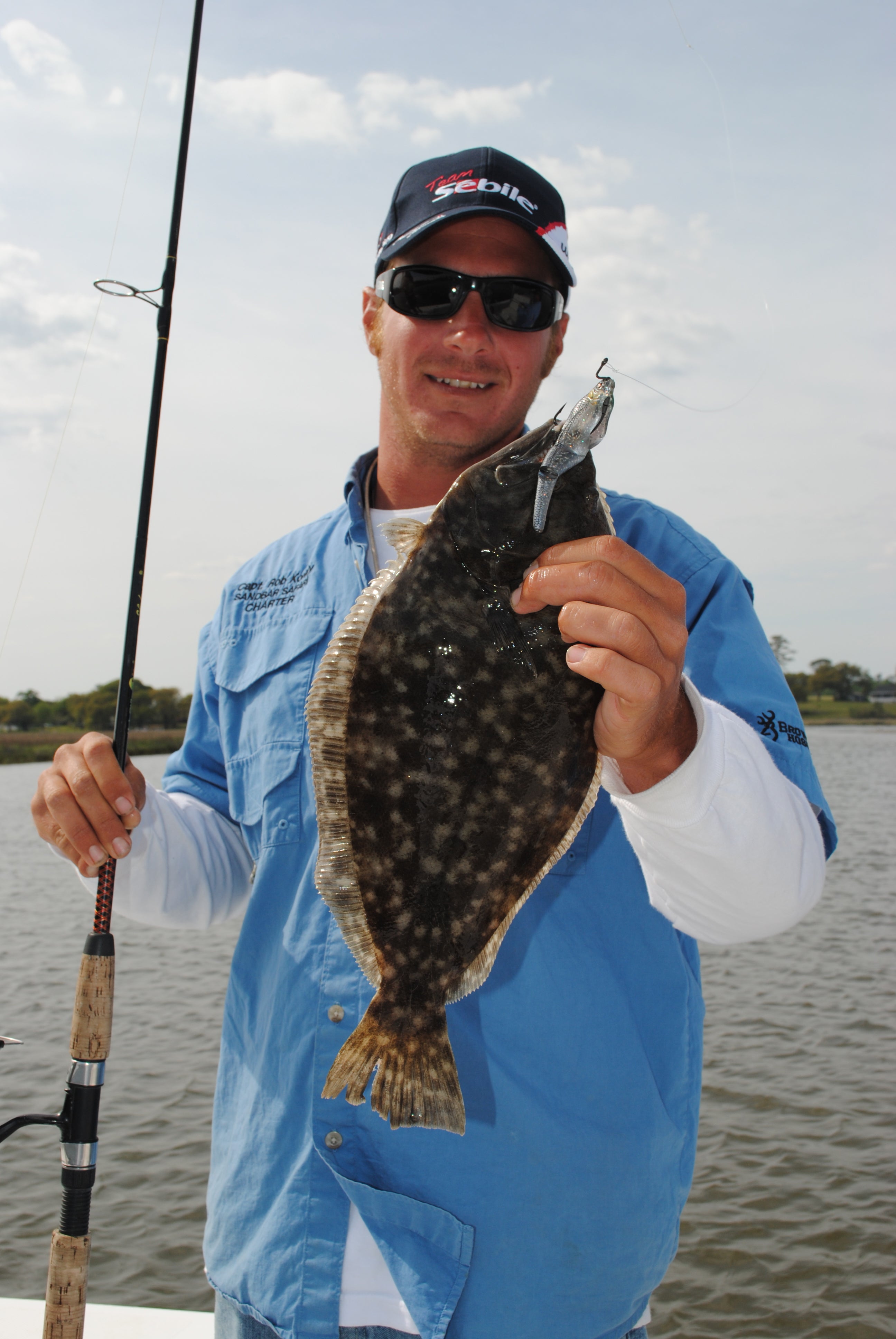Wanna step outside? Turkey hatch time; seasons for fawns and flounder
Published 12:00 am Thursday, June 16, 2022

- Dan Kibler photo North Carolina fishermen will be able to keep only one flounder during the Sept. 1-30 open season, and flounder must measure at least 15 inches
|
Getting your Trinity Audio player ready...
|
By Dan Kibler
Turkey hunters across North Carolina are rooting for another couple of weeks of good weather, with clutches of eggs hatching and tiny turkey poults hoping to survive the first few weeks of their lives.
North Carolina’s turkey hatch generally peaks shortly after Memorial Day and continues into June. The key to a successful hatch — besides predators not breaking up nests — is how well poults survive for the period of several weeks before they replace their downy birth plumage with actual feathers. At that point, they begin to fly and can avoid predators on the ground and take better refuge from bad weather.
Periods of cold, wet weather spell disaster for tiny poults, as their mother hens had a difficult time keeping them dry. Once soaked by rain or wet ground foliage, poults have a difficult time drying out, often catching cold and dying. That’s why good weather from Memorial Day through mid-June is the overriding key to a good hatch.
The N.C. Wildlife Resources Commission monitors the hatch via hundreds of observers across the state who record turkey sightings. After those statistics are compiled, the commission will report on several important numbers: the percentage of hens observed with poults, and the average number of poults per hen. Any hatch that produces two poults per hen is a resounding success, but it’s been a long time since any Southeastern state has reached those levels.
Fawning in full swing
June is the month when most of North Carolina’s whitetail fawns hit the ground running, so be aware that the little rascals will be showing up more and more this month.
Most whitetail does are bred from early November to early December; their gestation period is approximately 200 days. For the first several weeks of their lives, fawns are generally hidden by their mothers, who won’t venture far away in short absences to feed.
Fawns are protected not only by their hiding places, but for several weeks, they emit very little scent, so predators including foxes and coyotes have more trouble locating and preying on them.
Despite those factors, past surveys on deer herds in areas heavily populated by coyotes indicate that the predators take about half the fawns that have been dropped. Officials with the N.C. Wildlife Resources Commission have said that it takes two adult does to produce a single, surviving fawn per year.
An acquaintance’s daughter ran into a tiny fawn one morning this past week. Hearing a strange, plaintive noise from an area in her backyard, she investigated and found a tiny fawn entangled in a garden fence. The fawn was quickly freed and returned to the area outside the fence.
Flounder season gets even shorter
The N.C. Division of Marine Fisheries slapped recreational fishermen in the face again earlier this month, announcing that the season on southern flounder will be four weeks instead of the proposed six.
The season will open at 12:01 a.m. on Sept. 1 and close at 11:59 p.m. on Sept. 30. The DMF had originally worked in a framework that would have opened the season on Aug. 15 and extended it through September.
NCDMF is intent on reducing the total (commercial and recreational) catch of southern flounder by 72%, and so far, what the agency has done is obviously not working. NCDMF reported that recreational fishermen were responsible for 560,440 pounds of flounder removed from the fishery, including an estimated 150,000 pounds of fish that were hooked, caught and released but wound up dying.
Try figuring that one out sometime.
As such, the recreational quota was reduced for 2022 to account for the fish that anglers took in 2021 that were over the anticipated catch level.
Either we’re really good fishermen, or statistics really are for liars.
Fishermen will be allowed one flounder per day during the month-long season, with a 15-inch size minimum in play.
Commercial fishermen catch 70% of all southern flounder taken from North Carolina waters. The N.C. Marine Fisheries Commission, the appointed board that oversees the agency, voted earlier this year to retain that 70/30 split for at least two more years.




